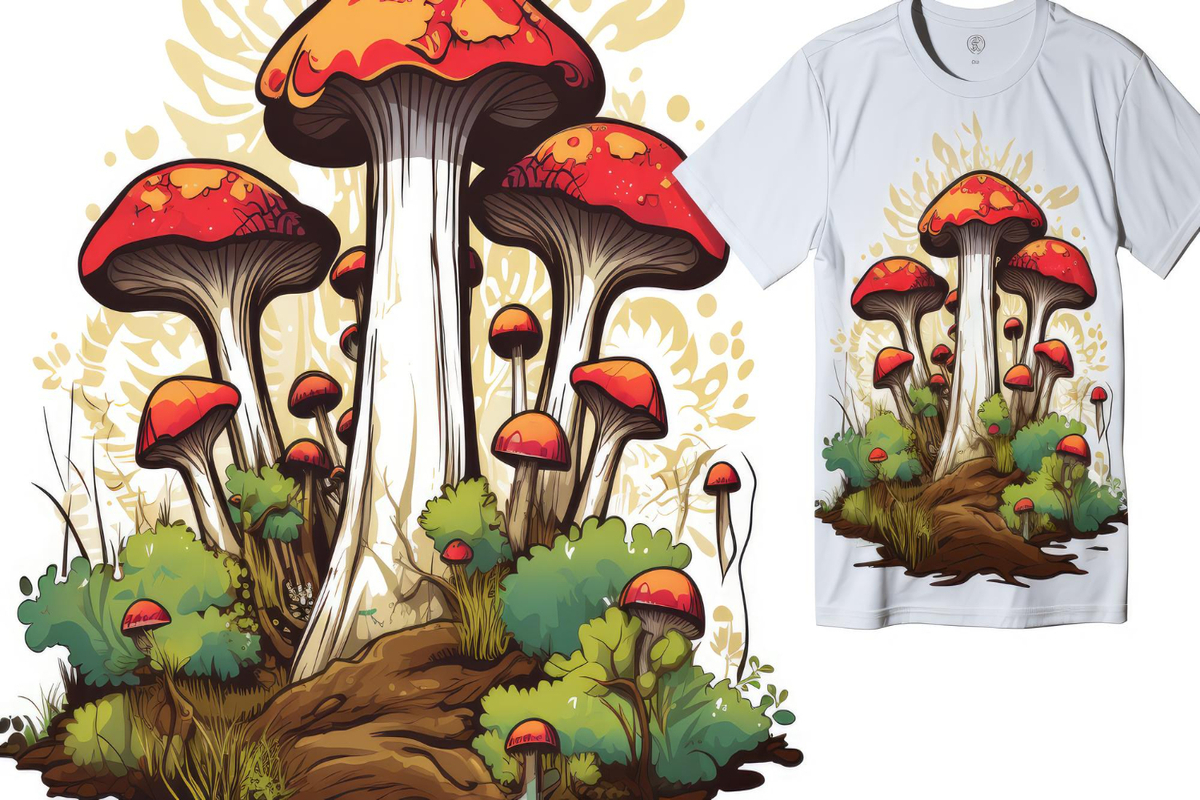DTF technology, or Direct-to-Film printing, has rapidly gained popularity in the textile printing industry, heralding a new era of creativity and efficiency. This innovative method allows vibrant designs to be printed onto a specialized film, which can then be transferred onto various fabrics using heat and pressure. As businesses seek to stand out in the competitive market, the benefits of DTF become even more pronounced, especially when compared to traditional methods such as Direct-to-Garment (DTG) printing. The advantages of DTF printing extend beyond just quality; they include cost-effectiveness, versatility, and faster production times, making it an appealing choice for custom apparel printing. In this exploration of DTF technology, we will delve into its mechanics, the key benefits of DTF compared to other printing techniques, and how it’s reshaping the landscape of textile production.
The rise of Direct-to-Film printing signifies a major advancement in the world of textile customization. Known for its ability to transfer intricate designs onto fabrics seamlessly, this innovative printing method has become a standout option for businesses aiming to meet the growing demand for personalized apparel. As manufacturers explore the benefits of this approach, like increased durability and impressive color fidelity, they’re also realizing how DTF technology stands against other printing methods such as screen printing and DTG. With its capacity to cater to diverse creative needs while maintaining cost-effectiveness and efficiency, DTF presents a compelling solution for the modern printing landscape. This article will outline the various advantages of DTF and provide insights into how it transforms the custom apparel market.
Understanding the Basics of DTF Technology
Direct-to-Film (DTF) technology is reshaping the textile printing industry by offering a unique approach to transferring designs onto fabric. This method is distinct from traditional printing techniques like DTG (Direct-to-Garment) and screen printing. In DTF, the printing process involves creating a design on a special film, which is then transferred to the fabric using heat. This two-step process not only enhances the accuracy of the designs but also expands the range of materials that can be printed on, including some fabrics that are typically challenging for other printing methods.
The innovation behind DTF technology lies in its ability to deliver high-quality prints with vivid colors and fine details. As a result, brands can create eye-catching custom apparel that meets the diverse tastes of consumers. Additionally, the flexibility of DTF allows businesses to efficiently handle a variety of orders, from limited runs to bulk productions, all while minimizing operational costs and setup time.
Frequently Asked Questions
What is DTF technology and how does it work?
DTF technology, or Direct-to-Film printing, is a textile printing method that prints designs onto a special film, which is then transferred onto fabric using heat and pressure. This two-step process allows for high-quality and vibrant designs on various fabric types, making it a versatile choice for custom apparel printing.
What are the benefits of DTF printing compared to traditional methods?
The benefits of DTF printing include lower setup costs, high versatility across different fabrics, greater durability of prints, and faster production speeds compared to traditional methods like DTG (Direct-to-Garment) printing. These advantages make DTF technology cost-effective and efficient for businesses.
What makes DTF printing advantageous for custom apparel?
DTF printing is advantageous for custom apparel due to its ability to produce vibrant, high-resolution designs while accommodating a wide range of fabrics. This flexibility allows businesses to meet diverse consumer demands for unique and personalized products, enhancing customer satisfaction.
How does DTF technology compare to DTG printing?
DTF technology differs from DTG printing in that it uses a two-step process involving film transfer, which generally allows for lower setup costs, improved print durability, and greater flexibility in fabric choices. While DTG prints directly onto textiles and may require pretreatment, DTF makes it easier to print on mixed textiles.
What are some recent trends related to DTF technology?
Recent trends related to DTF technology include an increasing demand for custom apparel and the adoption of eco-friendly practices in printing. Brands are leveraging DTF’s quick turnaround times to create personalized products, while major printing companies continue to innovate to enhance print quality and user experience.
Are there any challenges businesses face when adopting DTF technology?
Yes, challenges when adopting DTF technology include the need for adequate training for staff accustomed to traditional printing methods, managing copyright infringements due to the ease of replicating designs, and transitioning to a new workflow that may initially disrupt production.
| Aspect | Details |
|---|---|
| What is DTF Technology? | Direct-to-Film (DTF) printing is a textile printing method where designs are printed onto a film and then transferred to fabric using heat and pressure. It differs from traditional methods like DTG printing. |
| Key Advantages | 1. **Versatility**: Can print on various fabrics. 2. **Cost-Effectiveness**: Lower setup costs than DTG, reducing waste. 3. **Quality and Durability**: Produces vibrant prints with long-lasting qualities. 4. **Production Speed**: Faster turnaround times which are essential for market competition. |
| Market Trends | Growing demand for custom apparel and major brand adoption of DTF technology. Emphasis on eco-friendliness and resource efficiency. |
| Challenges | Challenges include the need for worker training on new methods and issues surrounding potential copyright infringements due to the easy replication of designs. |
| Recent Innovations | Brands utilizing DTF for limited-edition lines are showcasing innovations and sustainability efforts with eco-friendly inks, demonstrating environmental benefits over older methods. |
Summary
DTF technology, or Direct-to-Film printing, is rapidly transforming the printing industry by providing a versatile, cost-effective, and high-quality approach to textile printing. As businesses seek to meet consumer demands for customization and sustainability, DTF technology emerges as a key player in facilitating innovation. Its ability to print on a variety of fabrics, coupled with efficient production speeds, places DTF at the forefront of the modern printing landscape. With major brands investing in this technology and the market trending towards personalized apparel, companies that adopt DTF technology position themselves for growth and competitive advantage in the evolving marketplace.



